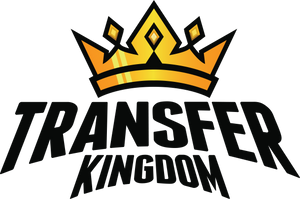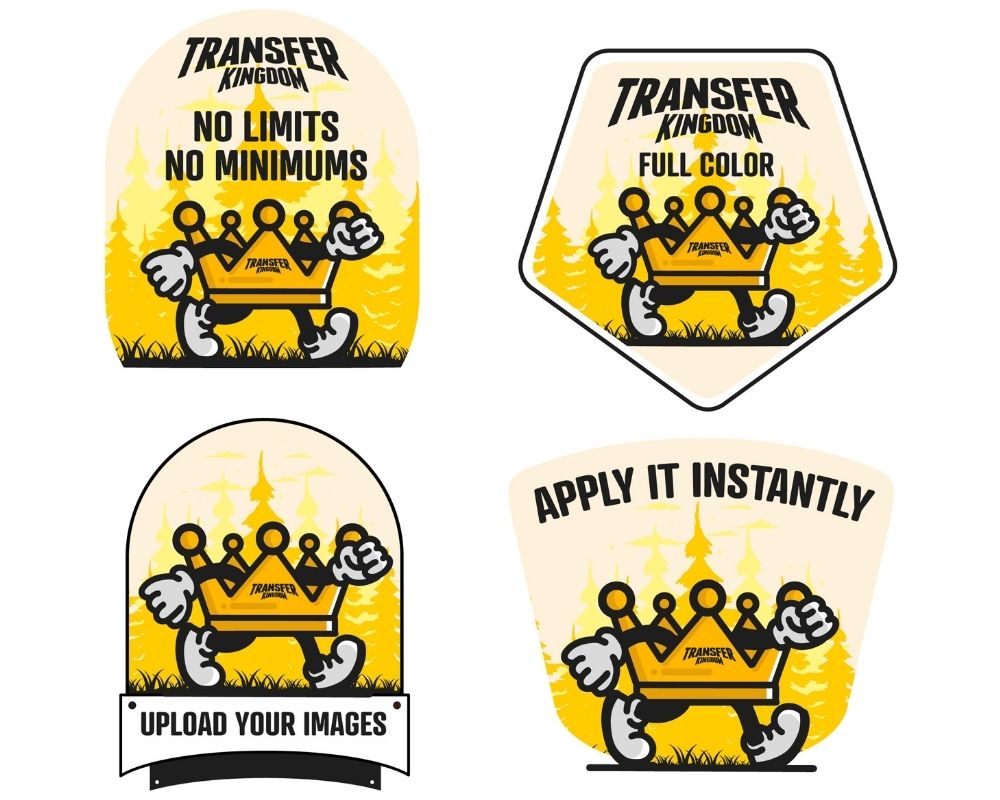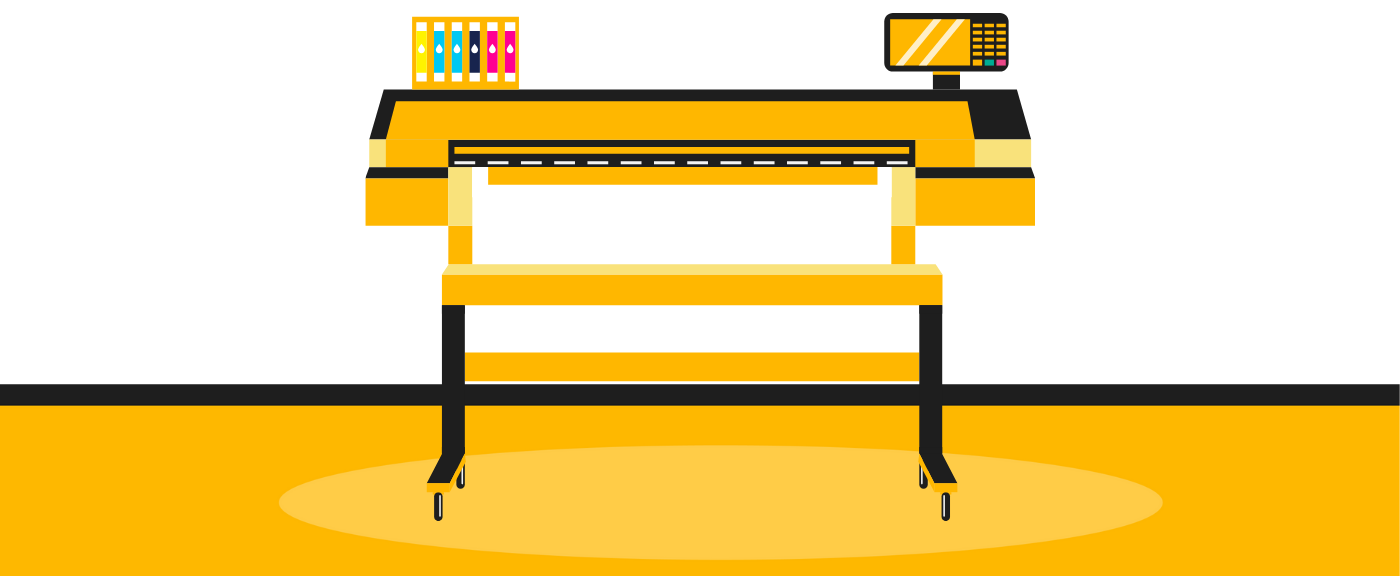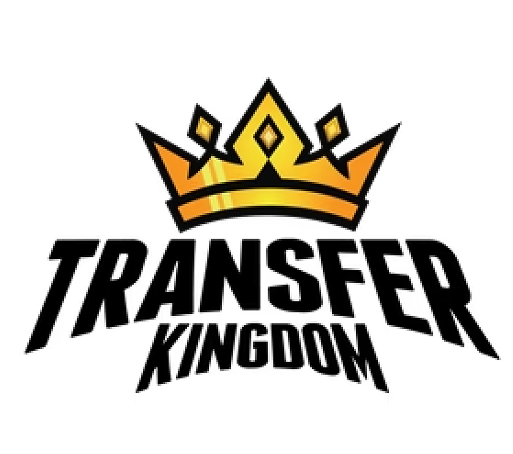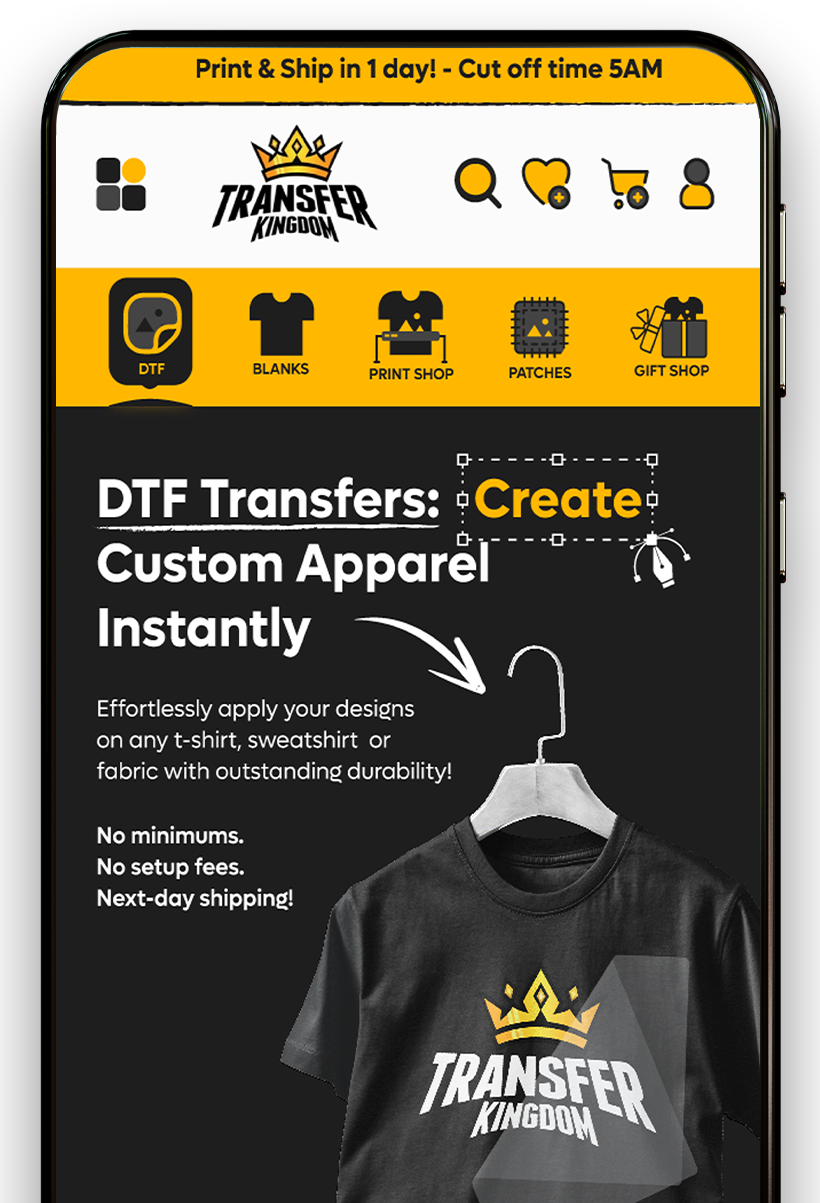T-Shirt Design Ideas & Inspiration: Creative Concepts and Trends for Custom Apparel
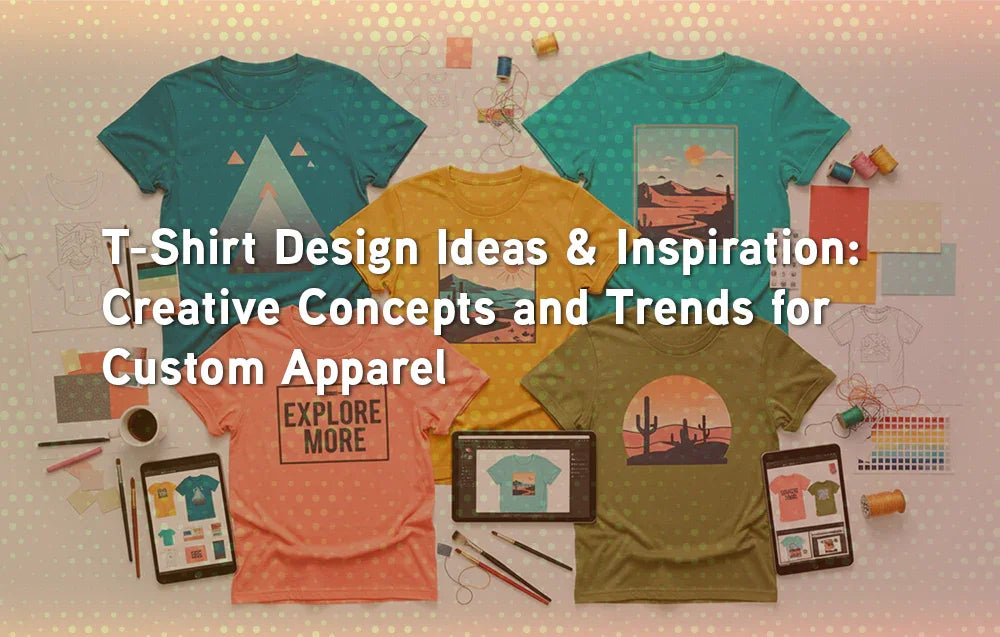
T-shirt design ideas can transform a simple piece of clothing into a personal statement or a brand identity. In this article, we explore the best sources of inspiration, current trends, and practical advice for creating custom apparel that stands out in 2025.
Where Do T-Shirt Design Ideas Come From?
Some inspiration comes from the world around you, and some from digital platforms. Think of it like a balance:
Offline ideas: street fashion, cultural events, graffiti walls, magazines, music posters.
Online ideas: Pinterest boards, Instagram fashion feeds, Etsy marketplaces, Behance design showcases.
Your creative process should ideally pull from both worlds. Just like browsing through custom leather keychains can inspire gift designs, browsing trending apparel can spark t-shirt concepts.
Types of Creative T-Shirt Design Concepts
Instead of one style, think of categories:
Minimalist designs based on text or single shapes
Retro or vintage looks that bring back nostalgia
Illustrated artworks, often hand-drawn or vector-based
Photography prints that capture real-life moments
Geometric or abstract patterns that repeat across the fabric
Each category appeals to different audiences, so experimenting helps you find your niche.
T-Shirt Design Trends to Watch in 2025
This year, several movements are shaping how people design and wear custom apparel.
Sustainability is influencing designs with eco-friendly graphics and nature-inspired themes.
Gradient and neon colors are appearing in bold ways, showing a futuristic vibe.
AI-generated artwork is quickly becoming mainstream, producing unique abstract concepts.
Oversized typography is returning, with huge slogans stretching across the chest.
Local culture prints—city landmarks, folk art, and regional languages—are being embraced by independent brands.
Key Principles for Strong Custom Apparel
A good design idea is only as strong as its execution. Consider these guiding principles: Keep designs simple so that details don’t get lost in printing. Use contrast between shirt and design for visibility. Always work in high resolution (300 DPI).
Think about placement—whether chest, back, or sleeve. The same way passport holders or engraved trays are designed with balance and simplicity, t-shirts benefit from these rules too.

File Preparation for Printing
Before production, confirm your files are ready. A simple checklist helps:
Save in PNG format with transparency.
Use a 12x16 inch canvas, matching the print area.
Set resolution to 300 DPI for sharp detail.
RGB color mode works for DTF and DTG; CMYK is best for screen printing.
Leave safe zones so text and art don’t get cut at the edges.
How to Present and Showcase T-Shirt Designs
Presentation is half of the process. A design that looks strong on-screen might look different on fabric.
Try this approach:
Generate mockups online to preview on different shirt styles.
Print a single test shirt before bulk production.
Photograph your designs on models to create lifestyle content.
Share the behind-the-scenes process on social platforms.
Take a look at all products on Transfer Kingdom to see how thoughtful presentation boosts appeal.
Common Pitfalls Beginners Face
Even with great ideas, beginners often make the same mistakes:
Using low-resolution images that blur during printing.
Overcomplicating the artwork with too many details.
Forgetting about color contrast, which makes designs look flat.
Choosing fonts that are hard to read at a distance.
Ordering bulk prints without testing a sample.
Avoiding these errors saves time, money, and frustration.
Even with great ideas, beginners often make the same mistakes: using low-resolution images that blur during printing, overcomplicating artwork with too many details, or forgetting about color contrast, which makes designs look flat. Fonts that are hard to read and skipping test prints are also common. Avoiding these errors saves time, money, and frustration.

Final Thoughts on T-Shirt Design Ideas
The world of t-shirt design is open to everyone, from hobbyists to entrepreneurs.
Inspiration can come from trends, personal stories, or everyday culture. The key is to adapt those ideas into clean, print-ready designs that people actually want to wear.
In 2025, strong design concepts paired with professional file preparation will help your shirts stand out. Whether you choose minimalist slogans, AI-powered art, or bold cultural graphics, consistency in execution makes the difference.
Beyond trends, what really sets a design apart is the story it tells. A shirt with a clever quote, a cultural reference, or a meaningful illustration resonates more deeply than one that simply looks stylish. This is why many successful brands focus on building a theme or message around their apparel rather than just chasing aesthetics.
If you’re starting small, test your designs with friends or through limited drops before investing in bulk orders. Not only does this reduce risk, but it also gives you valuable feedback from real people. Over time, you’ll refine both your creative style and your technical skills, building a portfolio of designs that reflect your personal vision while appealing to a broader audience.
What is the most popular t-shirt design style in 2025?
Oversized typography and AI-generated art are trending strongly.
Do minimalist t-shirts still sell well?
Yes, simple designs with bold fonts remain timeless.
Where should I look for free inspiration?
Pinterest, Instagram, and design communities like Behance are great places.
What’s the best color palette for modern designs?
Gradients, neon blends, and earth tones are all popular.
How do I test my designs affordably?
Use online mockups or order a single DTF-printed shirt.
Should I create designs for specific niches?
Yes, niche-focused shirts often attract loyal buyers.
Do I need special software for design?
No, tools like Canva and Photopea are free and beginner-friendly.
Can I use AI to make t-shirt designs?
Yes, AI art is a major trend and can create unique looks.
What file format should I use for printing?
PNG with transparency is the standard for DTF and DTG.
What’s the biggest mistake beginners make?
Not checking resolution and file setup before sending designs to print.
